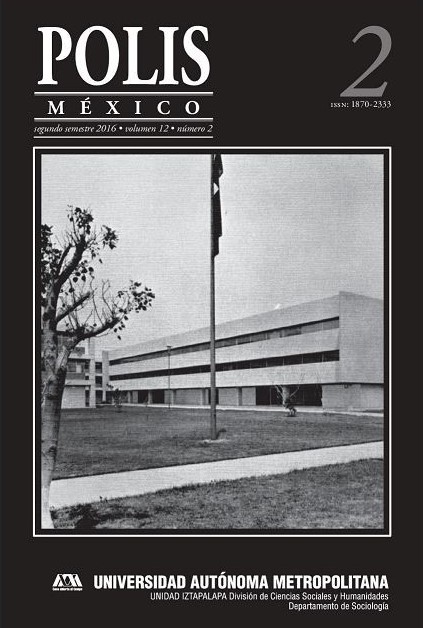Passive Revolution: Engine of the Mexican State (1920-1940)
Keywords:
Passive Revolution, group Sonora, Cárdenas, Historical Bloc and Hegemony.Abstract
This article analyzes the consolidation of the modern Mexican State between 1920 and 1940 through the concept of “Passive Revolution” of Antonio Gramsci.” In Mexico, the defeat of the peasant and popular revolution of 1910-1920 puts end to the cycle of “popular” revolutions, opening a period of “revolution without revolution”, as “Passive Revolution”, executed during the Governments of so-called Sonora Group (Obregón, de la Huerta, Calles), the “Maximato”, and during the Government of president Lazaro Cárdenas, that between 1920 and 1940 assimilates its antithesis, to consolidate a Federal Republic. The period 1920-1940 is characterized by the assimilation of the demands of the rebel masses to the project of the ruling classes, as a Passive Revolution, to establish the bases and hegemony of the modern bourgeois democratic State and a new historical bloc in Mexico.



